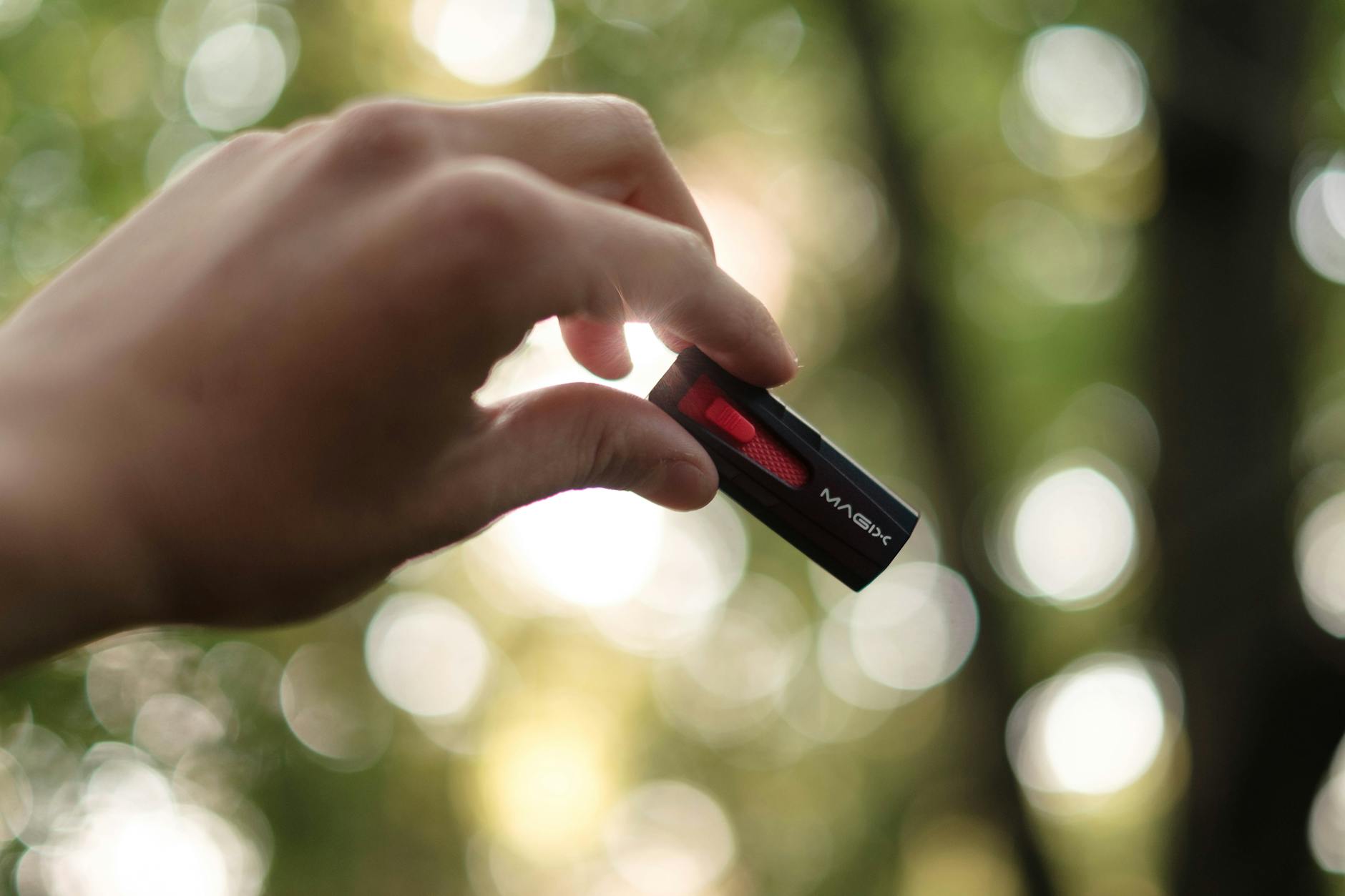Unleash the Power: How to Create a Windows 10 Bootable USB Drive

Discover the step-by-step guide to unlocking the potential of your computer with a Windows 10 Bootable USB Drive.
Table of Contents
Whether you're a seasoned Windows user or just getting started with Microsoft's operating system, knowing how to create a bootable USB drive can come in handy for various reasons. From installing a fresh copy of Windows to troubleshooting system errors, having a bootable USB on hand can be a real lifesaver. In this guide from Windows for Dummies, we'll walk you through the steps to create a Windows 10 bootable USB drive.
Understanding the Importance of a Bootable USB Drive
Before we dive into the nitty-gritty of creating a bootable USB drive, let's understand why it's essential. A bootable USB drive allows you to boot your computer from an external source, such as a USB flash drive, rather than the internal hard drive. This can be useful when you need to perform a clean installation of Windows, recover from system crashes, or run diagnostic tools.
Gathering the Necessary Tools
To create a Windows 10 bootable USB drive, you'll need a few things: - A USB flash drive with at least 8GB of storage capacity - A working computer with internet access - The Windows 10 installation media (ISO file) from Microsoft's official website - A reliable tool for creating bootable USB drives, such as Rufus or Windows Media Creation Tool
Creating a Windows 10 Bootable USB Drive
Now that you have everything you need, it's time to create your bootable USB drive. Follow these steps:
- Insert your USB flash drive into a USB port on your computer.
- Download the Windows 10 installation media (ISO file) from Microsoft's official website.
- Run the tool you selected for creating bootable USB drives (e.g., Rufus or Windows Media Creation Tool).
- Follow the on-screen instructions to select the Windows 10 ISO file and your USB flash drive as the destination.
- Start the process and wait for it to complete.
- Once the bootable USB drive is ready, safely eject it from your computer.
Booting from the USB Drive
Now that you have your Windows 10 bootable USB drive, you can use it to boot your computer. Here's how:
| Step | Description |
|---|---|
| 1 | Download Windows 10 ISO |
| 2 | Insert USB Drive (at least 8GB) |
| 3 | Open Rufus Tool |
| 4 | Select Windows 10 ISO File |
| 5 | Choose USB Drive as the target |
| 6 | Click Start to create bootable USB |
- Insert the bootable USB drive into a USB port on the computer you wish to boot from.
- Restart the computer and access the BIOS or UEFI setup by pressing the designated key during startup (usually F2, F10, or Del).
- Navigate to the Boot menu and set the USB drive as the primary boot device.
- Save the changes and exit the BIOS or UEFI setup.
- Your computer will now boot from the USB drive, allowing you to proceed with the desired action, such as installing Windows 10 or running diagnostic tools.
Wrapping Up
Congratulations! You've successfully created a Windows 10 bootable USB drive and learned how to boot your computer from it. Having a bootable USB drive handy can be a lifesaver in various situations, from troubleshooting system issues to performing clean installations. If you run into any issues or have questions along the way, remember that Windows for Dummies is here to help you navigate the world of Windows with ease. Stay tuned for more helpful tips, how-to guides, and FAQs to enhance your Windows experience!
FAQs
Can I use any USB flash drive to create a Windows 10 bootable USB?
It is recommended to use a USB flash drive with at least 8GB of storage capacity for creating a Windows 10 bootable USB. Ensure that the USB drive is in good working condition to avoid any issues during the process.
Do I need to purchase any special software to create a bootable USB drive?
There are free tools available, such as Rufus and Windows Media Creation Tool, that can help you create a bootable USB drive for Windows 10. You can download these tools from their respective official websites without any additional cost.
Can I create a Windows 10 bootable USB drive on a Mac computer?
Yes, you can create a Windows 10 bootable USB drive on a Mac computer using tools like Boot Camp Assistant or third-party software like Rufus. Follow the same steps mentioned in the guide while ensuring compatibility with macOS.
How do I know if my computer is booting from the USB drive?
To check if your computer is booting from the USB drive, access the BIOS or UEFI setup during startup and verify that the USB drive is set as the primary boot device. Save the changes and restart your computer to boot from the USB drive successfully.


